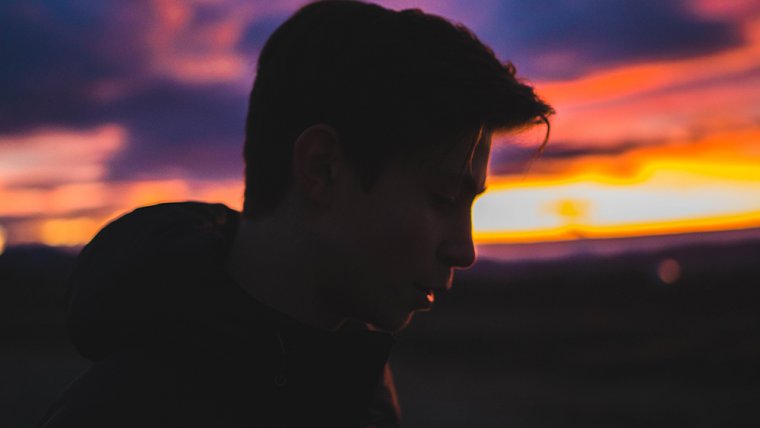
You don’t need a photography degree or millions of dollars to take authentic emotional images of people (though both of those things would help).
The key to true authenticity is a strong friendship, a deep knowledge of lighting, and an openness to failure. Here are a few tips on how to achieve these.
Table of Contents
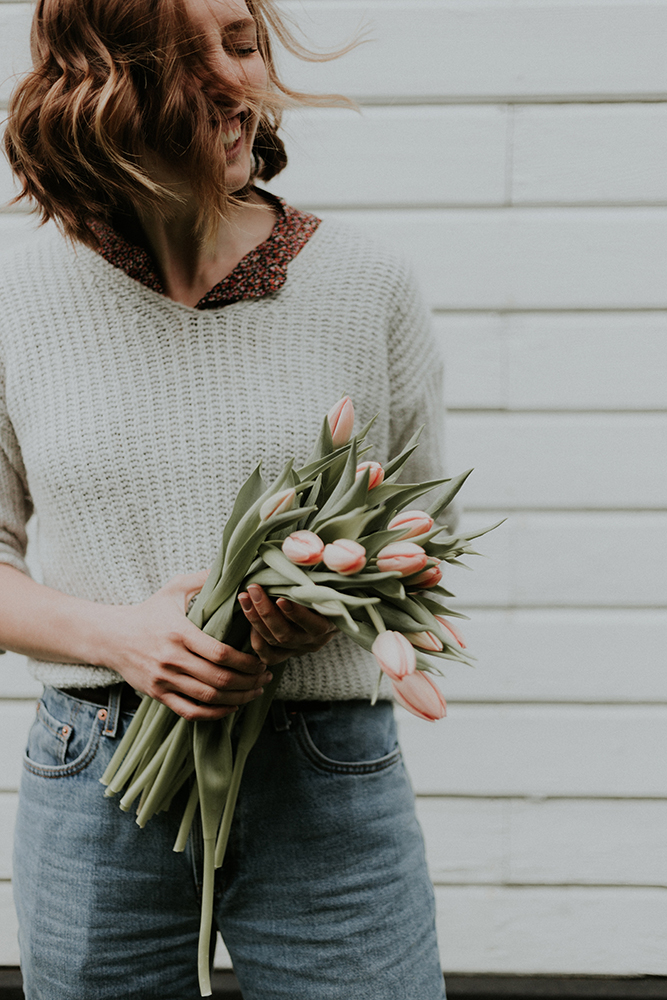
Not everyone wants to express themselves freely in front of the camera, and that’s okay. To take authentic emotional images, make sure your model is comfortable with all of their emotions and isn’t afraid of looking silly.
To make sure that you’re both on the same page, get to know their intentions. The more you know about their background and interests, the easier it will be to appreciate their unique personality. In turn, they’ll realize that you care about their life and aren’t just there to take pretty pictures.
Once you have developed a friendship, you’ll both be able to express yourselves without feeling awkward during the photoshoot.
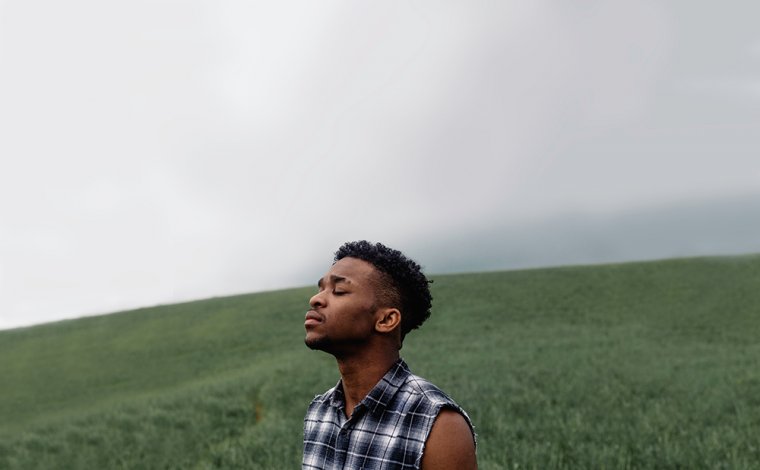
Another great way to understand your models is to become one. You can do this by posing and pulling faces in front of the mirror or taking photos of yourself.
You can then use these references in future photoshoots or add them to your portfolio.
The more your model just for yourself, the easier it will be to understand and accept your own emotions. This will play an important role in future photoshoots and conversations; you won’t find it hard to describe the emotions you’d like to create in your photos.
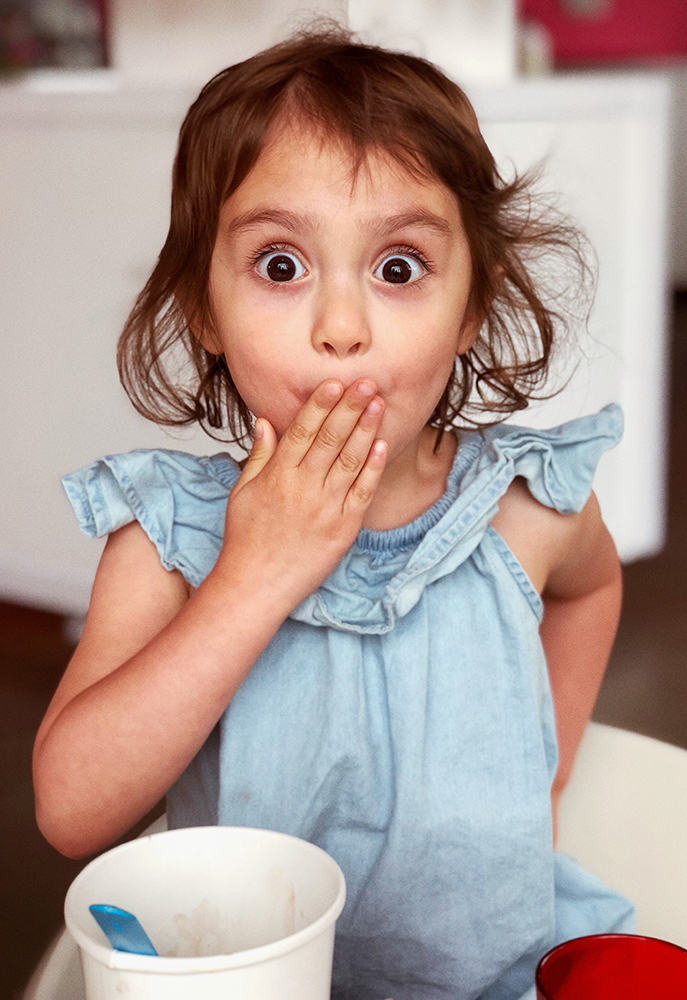
This works great in children and family photography. Children can easily get bored and sulk in front of the camera. While sulking is also an emotion, too much of it will result in boring photos.
If you want your model to laugh, pull faces, or just look surprised, give them an unusual emotion.
You can purposely create an awkward silence until everyone laughs. You can also tell silly jokes (seriously, the sillier the better), or make weird sounds. Of course, don’t do this too often or your models might start to feel unnecessarily uncomfortable!
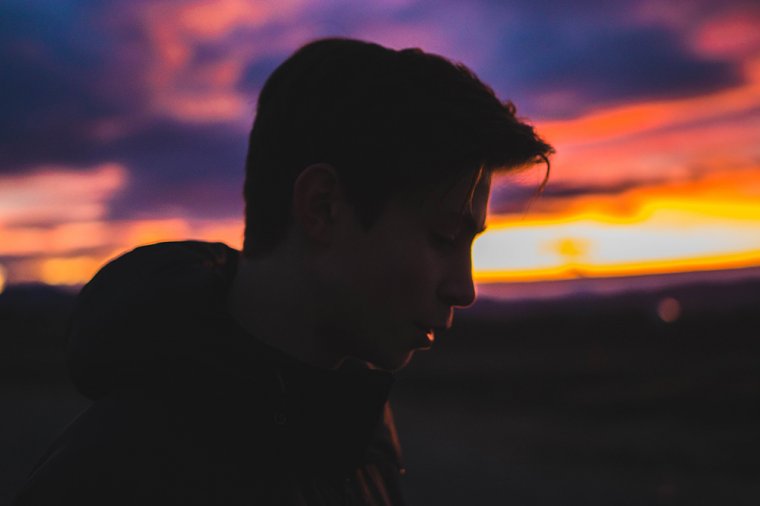
Light plays an important role in emotional portrait photography. If it’s soft and bright, your images will look joyful. If it’s limited and moody, they’ll give off a melancholic feeling.
You can also experiment with different colours to intensify the mood you’re going for.
Before your photoshoot, take photos of people or objects in different lights and at different times of the day. Play around with different settings to see what you like best.
This will teach you how to manipulate different colours and tones to match your style. It will also help you find or develop a new style.
For example, in the photo above, the image is thoughtful and moody because:
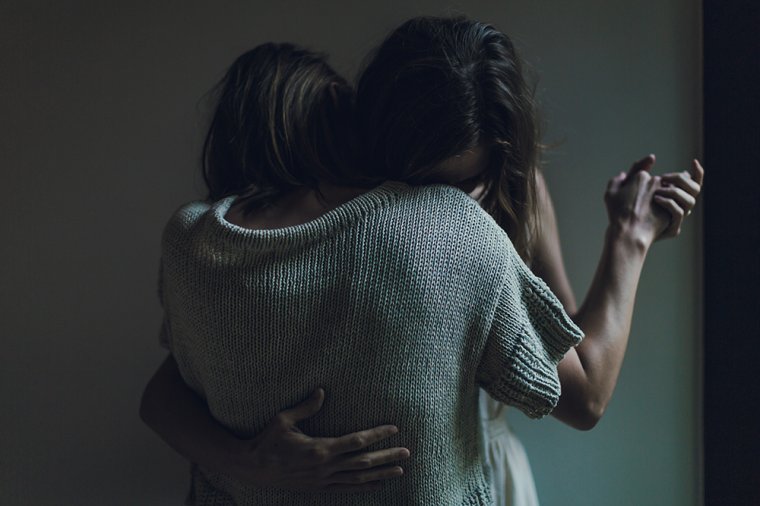
People are their most authentic selves when they’re immersed in a moment. The more comfortable they are, the easier it is for them to open up and react in ways they usually wouldn’t.
Find moments where your model is talking to someone, hugging a loved one, or working on a personal project. You can also go out and find strangers who are completely unaware of your camera. (This will greatly improve your street photography.)
One of the best places to start is at home. Since your family members and friends know you well, they won’t always be aware of the camera, especially during family gatherings. Use this as an opportunity to take heartwarming photos of people enjoying one another’s company.
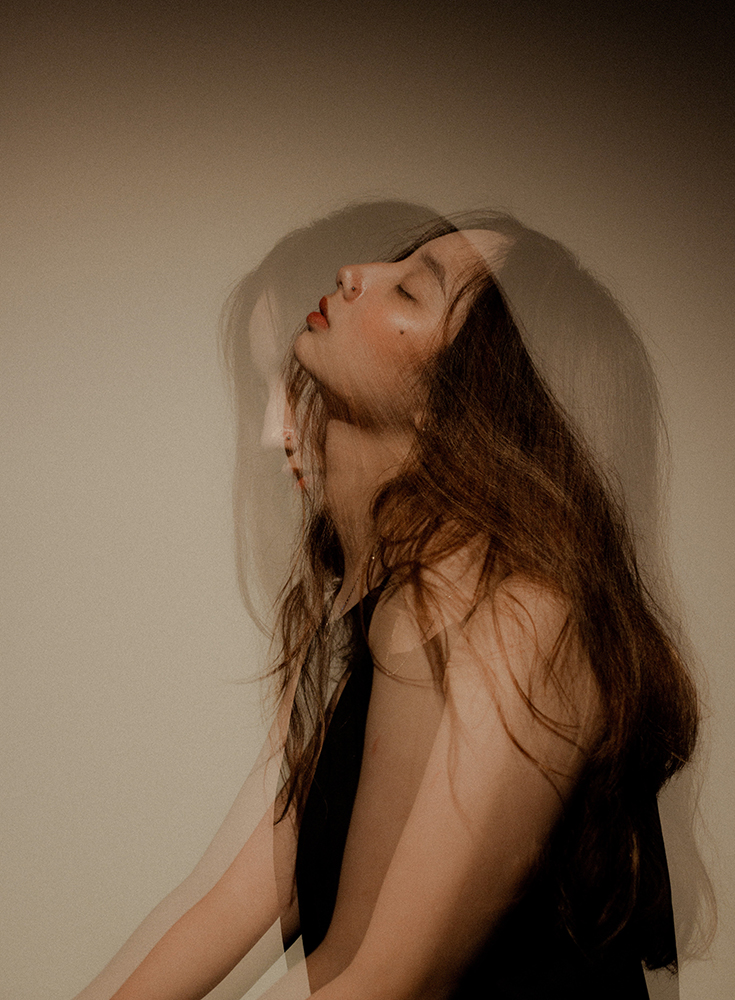
When someone genuinely enjoys a project, they’ll find it easy to get lost in their own work. This will give you a chance to take authentic photos of their facial expressions and reactions.
Inspire your models using mood boards, creative ideas, and big projects that they can have some control over. To put it simply, make them feel important and involved. This small contribution will greatly improve your relationship.
No matter how new you are to photography, you can take authentic emotional images of people wherever you go.
Who do you want to photograph authentically next? Let us know in the comments!
Comments (0)
There are no comments yet.